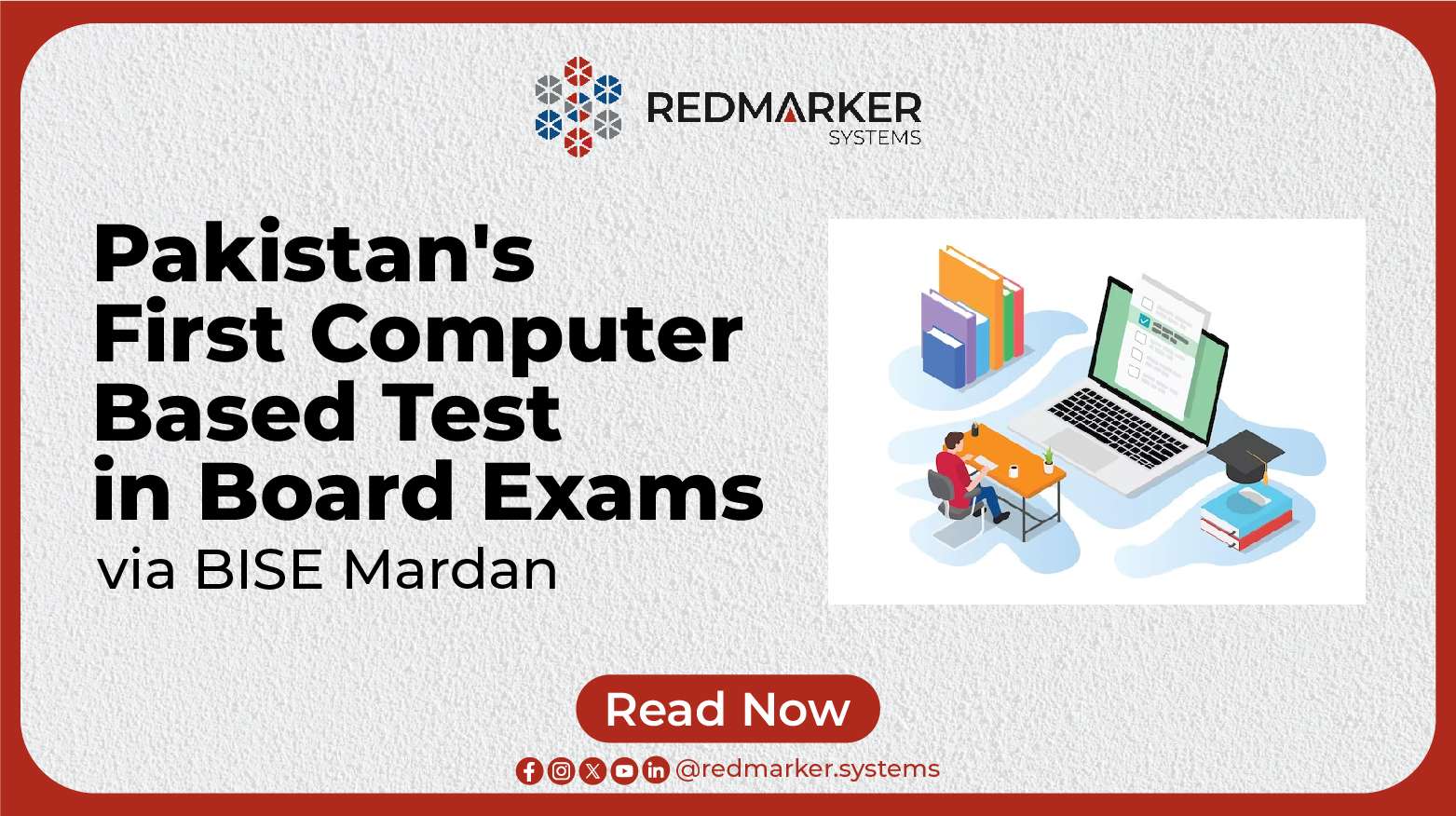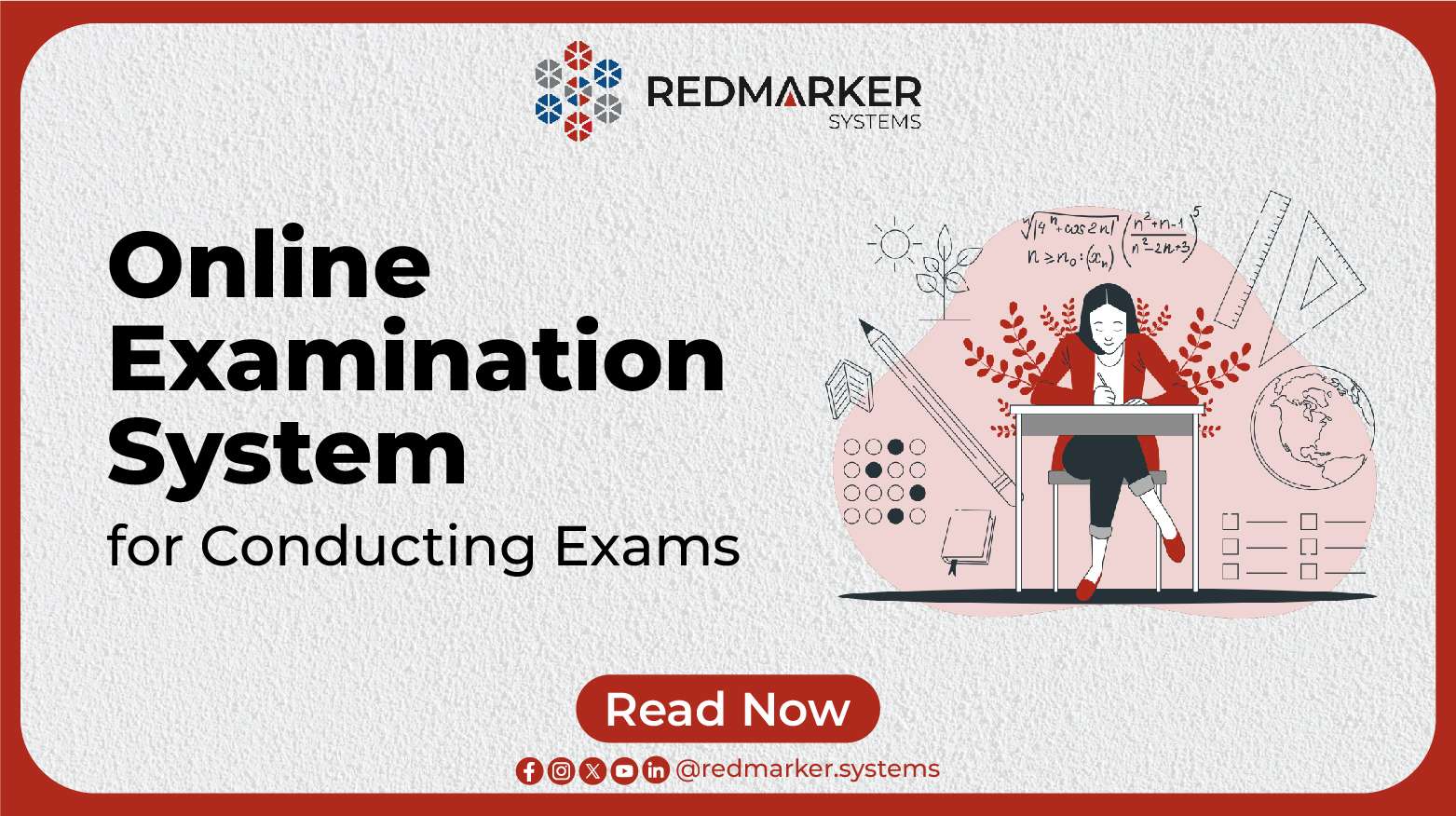Board Exam E Marking: Revolutionizing Assessment in the Digital Age
In the realm of education, assessments have long been a critical component for evaluating students’ knowledge and understanding of subjects. Traditional paper-based exams, with their piles of answer sheets and manual grading, have been the norm for decades. However, in recent years, the education landscape has been undergoing a significant transformation, with digital technology playing a pivotal role. One of the most remarkable innovations in this transformation is Board Exam E Marking. In this comprehensive guide, we will delve into the world of Board Exam E Marking, exploring its benefits, processes, and the impact it’s making on education systems worldwide.
The Evolution of Board Exams: From Paper to Pixels
Before we plunge into the specifics of Board Exam E Marking, let’s journey through the evolution of board exams. For generations, students across the globe have been subjected to the nerve-wracking experience of paper-based board exams. These exams involved the manual distribution of question papers, students frantically scribbling answers on paper, and an army of examiners tediously marking the responses.
While this traditional system served its purpose, it was plagued by several issues. First and foremost, it was time-consuming. The process of printing, distributing, conducting, and evaluating paper-based exams often took weeks or even months. This delay in result declaration hindered students’ ability to make timely academic decisions.
Moreover, manual marking was susceptible to human errors. Examiners, despite their best efforts, could make mistakes in grading, leading to inconsistencies in assessment. This left room for disputes and complaints from students and their guardians.
The Digital Renaissance: Introducing Board Exam E Marking
Recognizing these challenges, education boards and institutions around the world began exploring digital solutions to streamline the assessment process. This quest for innovation birthed Board Exam E Marking – a game-changer in the assessment landscape.
What Is Board Exam E-Marking?
At its core, Board Exam E Marking is the process of electronically marking and evaluating answer scripts and exam papers using digital tools and technology. It replaces the traditional pen-and-paper method with a digital approach, where examiners assess the responses on screens.
How Does Board Exam E-Marking Work?
Board Exam E Marking begins with the scanning or digitization of answer scripts. This can be achieved through high-speed scanners or dedicated software that can read and convert handwritten or typed answers into digital formats.
Once the responses are digitized, they are made available on a secure online platform, often referred to as the Onscreen Marking Dashboard. This dashboard is accessible to examiners, allowing them to assess the papers remotely, eliminating the need for physical presence at evaluation centers.
Examiners use digital tools within the dashboard to annotate, grade, and provide feedback on the responses. These tools often include features like zooming, highlighting, and adding comments. The process is not only more efficient but also enables a standardized and consistent approach to evaluation.
Benefits of Board Exam E Marking
- Speed and Efficiency: Perhaps the most significant advantage of Board Exam E Marking is the speed at which assessments can be completed. The digital process significantly reduces the time required for grading, allowing for quicker result compilation and announcement.
- Accuracy and Consistency: E Marking eliminates the potential for human errors in marking. Digital tools ensure that answers are evaluated consistently, adhering to predefined marking schemes and rubrics.
- Secure and Transparent: Online marking systems offer robust security measures, safeguarding the integrity of the assessment process. Access controls, audit trails, and encryption protocols ensure that only authorized personnel can access and evaluate the papers.
- Remote Evaluation: Examiners can assess papers from anywhere, eliminating the need for them to travel to centralized evaluation centers. This not only saves time but also widens the pool of potential examiners.
- Reduced Paper Usage: Embracing digital assessment is an eco-friendly choice. It reduces the consumption of paper, contributing to environmental sustainability.
- Quick Feedback: Board Exam E Marking allows for the swift provision of feedback to students, enabling them to identify areas for improvement and make informed decisions about their education paths.
Implementation of Board Exam E Marking Worldwide
The adoption of Board Exam E Marking is a global phenomenon. Education boards and institutions in various countries have recognized its transformative potential and have been gradually integrating it into their assessment processes.
In Pakistan, for instance, the Federal Board of Intermediate and Secondary Education (FBISE) and provincial boards like the Board of Intermediate and Secondary Education, Peshawar (BISE Peshawar) and the Board of Intermediate and Secondary Education, Bannu (BISE Bannu) have taken significant steps towards implementing E Marking for their examinations. This transition to digital assessment not only aligns with global trends but also addresses the unique challenges of managing large-scale examinations in the country.
Challenges and Future Directions
While Board Exam E Marking offers a plethora of benefits, it is not without its challenges. The initial setup and digitization of paper-based exams require significant investment in technology and infrastructure. Ensuring the security of digital assessment systems is paramount, as any breach can compromise the integrity of the entire process.
Moreover, there’s a learning curve for both examiners and students in adapting to this digital paradigm. Training programs and resources must be provided to ensure a smooth transition.
Looking ahead, the future of Board Exam E Marking is promising. The integration of advanced technologies like artificial intelligence and machine learning promises to further enhance the assessment process. These technologies can assist in automating certain aspects of evaluation, such as the detection of plagiarism and the analysis of response patterns.
Conclusion
Board Exam E Marking is a transformative force in education, redefining how assessments are conducted and evaluated. Its benefits in terms of speed, accuracy, and transparency make it a valuable addition to the education landscape. As more education boards and institutions embrace this digital revolution, students, examiners, and policymakers stand to benefit from a more efficient and effective assessment process. With ongoing advancements in technology, the future of Board Exam E Marking holds the promise of even greater innovation and improvement in the field of education.


